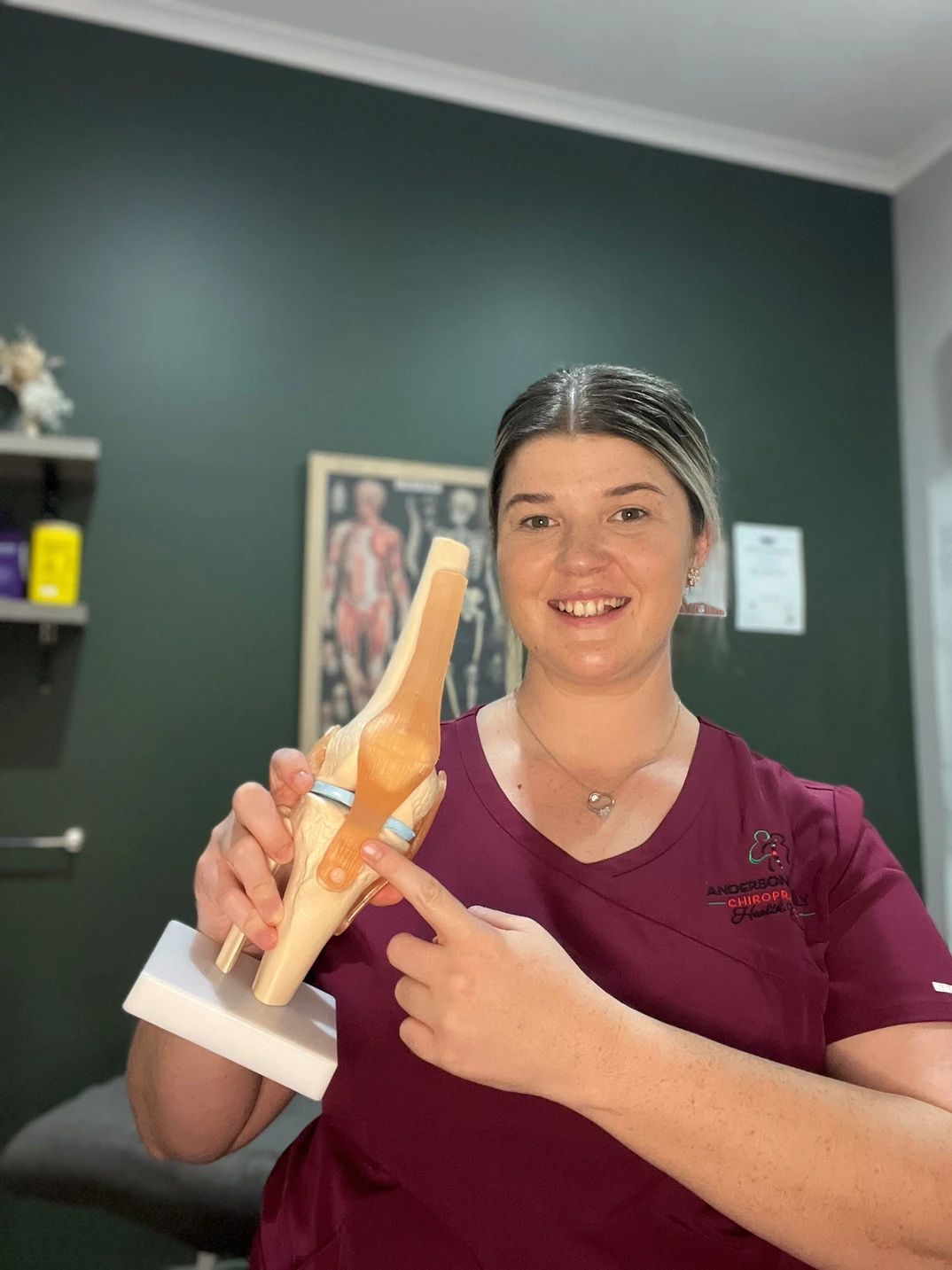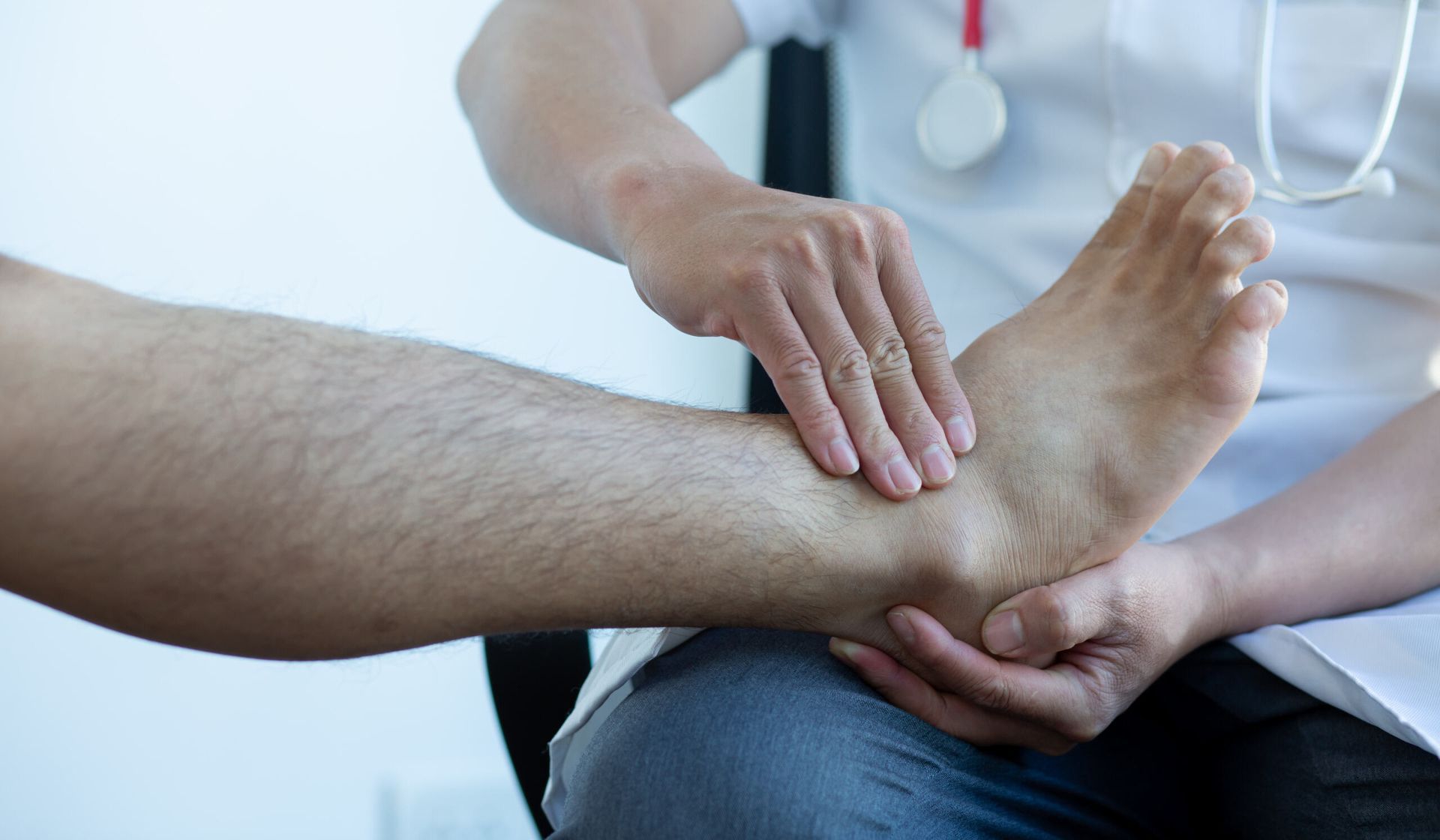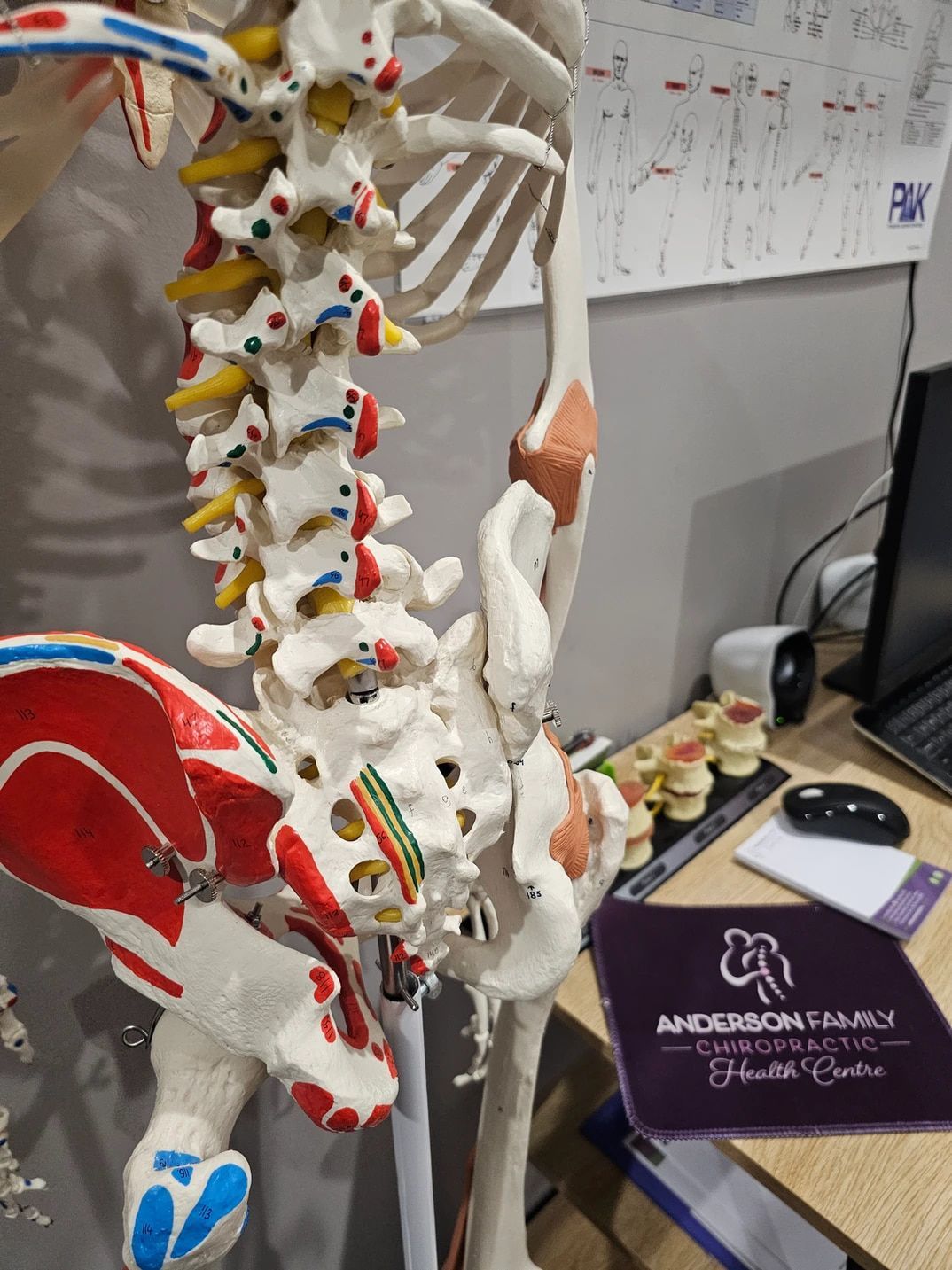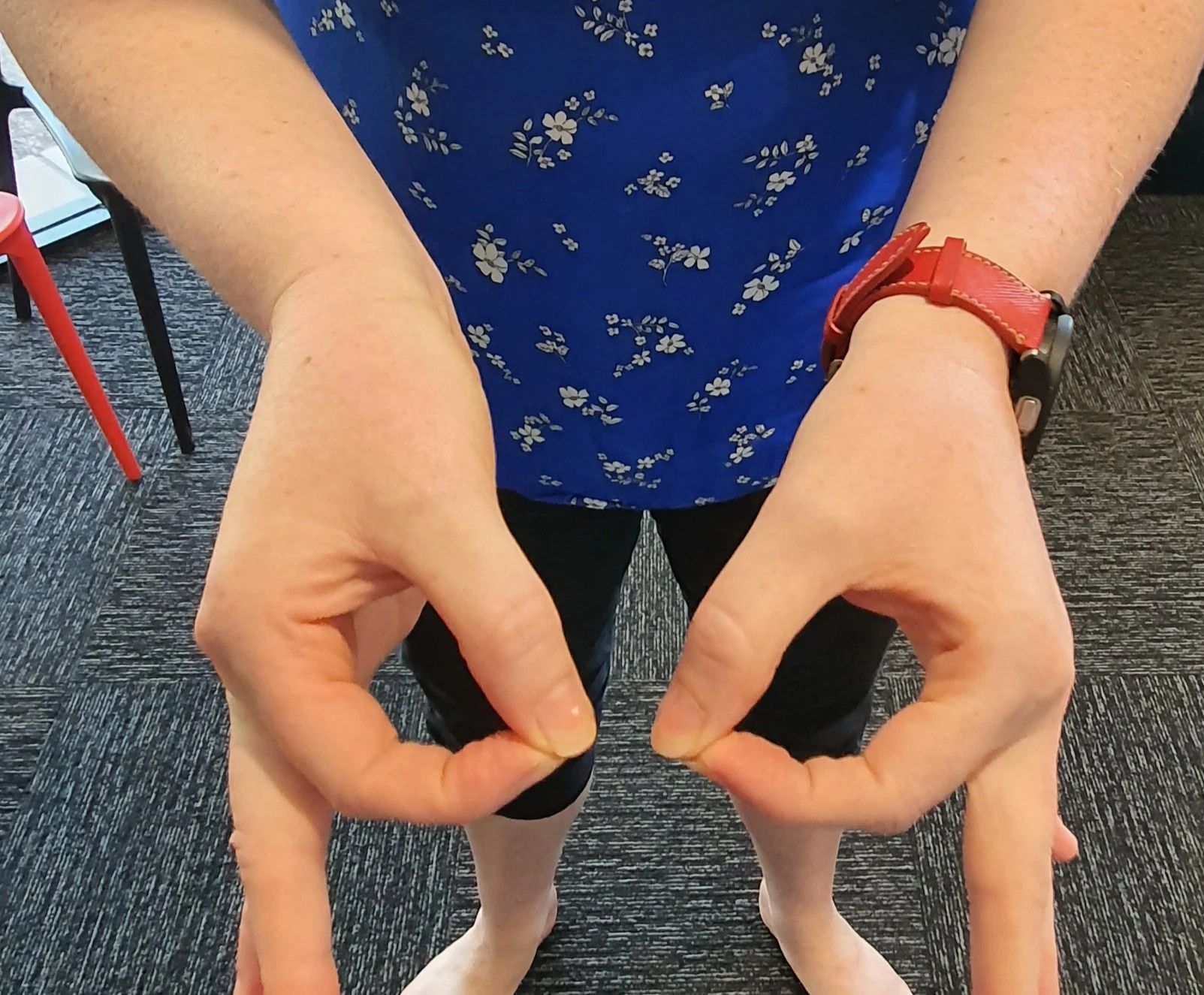Static Vs Active Stretching
Dr Tyson (Chiropractor) is demonstrating some fantastic stretches here, but a very common question we get asked is when should we be stretching? This is a more complex question than it seems as different kinds of stretching are more beneficial at different times.
STATIC STRETCHING is the most well know form of stretching, as this involves putting a muscle into the position of stretch and holding for 30 seconds. The classic "touch your toes" hamstring stretch is a good example of this. This has been shown to be beneficial after exercise to help with muscle and heart rate recovery, but a review of the literature in 2012 actually showed this kind of stretching before exercise could inhibit muscle function and decrease performance!
Instead before exercising we should be doing a form of stretching called DYNAMIC STRETCHING. This involves actively moving muscles back and forth through their entire range of motion 10-20 times. An example of this is a "Leg Pendulum Swing" where you swing one leg forwards and backwards repeatedly. This kind of stretching helps warm up the muscles and increases the heart rate and therefore blood volume, and can help minimize risk of injury. At Anderson Family Chiropractic Health Centre we commonly see back, neck and limb injuries that resulted from improper warming up and cooling down, so our Chiropractors and Remedial Massage Therapists will often prescribe different forms of stretching and exercise to aid in injury recovery.
References:
Simic, L., Sarabon, N. and Markovic, G. (2013), Acute static stretching and performance. Scand J Med Sci Sports, 23: 131-148. https://doi.org/10.1111/j.1600-0838.2012.01444.
Page P. Current concepts in muscle stretching for exercise and rehabilitation. Int J Sports Phys Ther. 2012 Feb;7(1):109-19. PMID: 22319684; PMCID: PMC3273886.x










